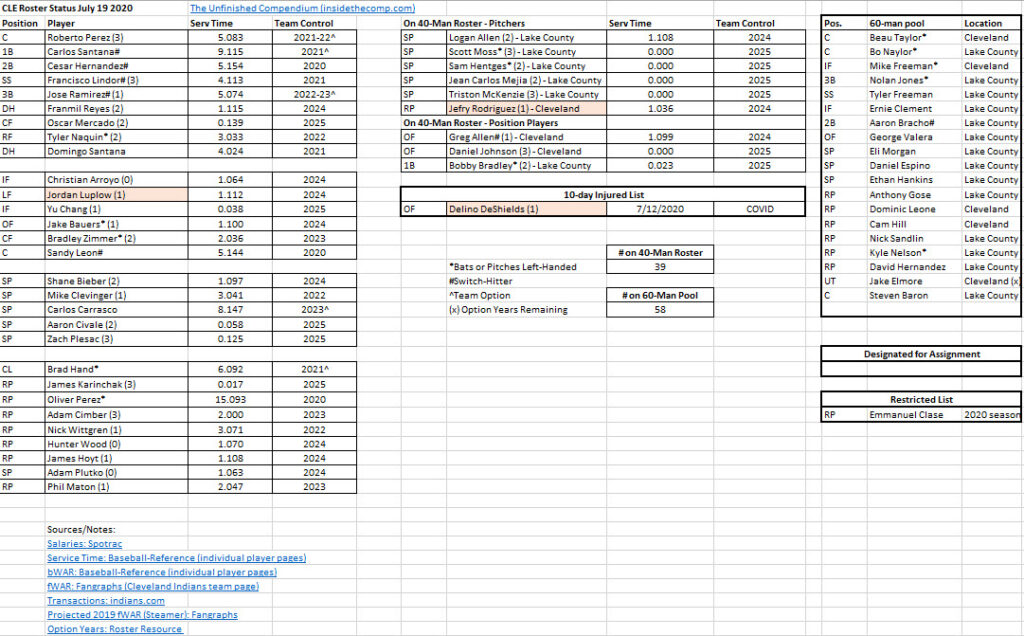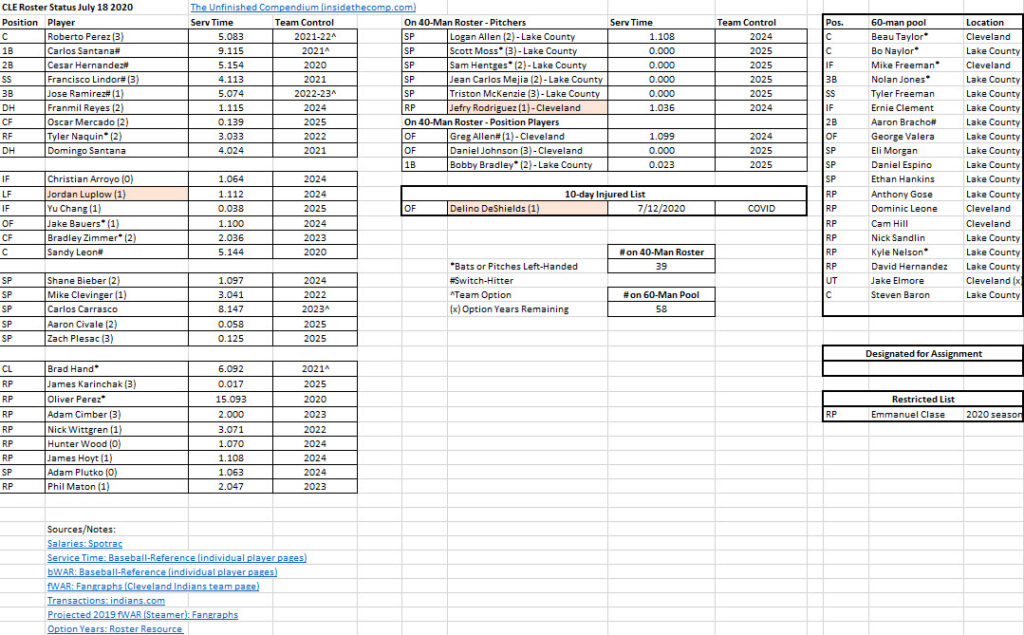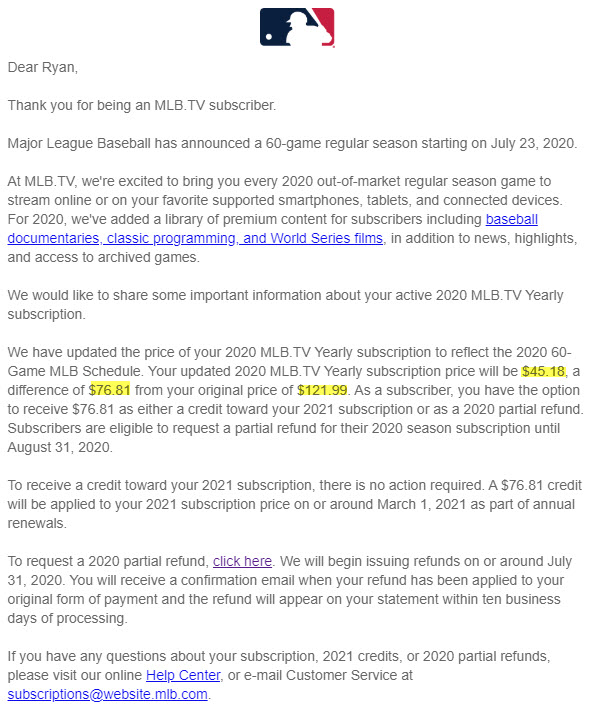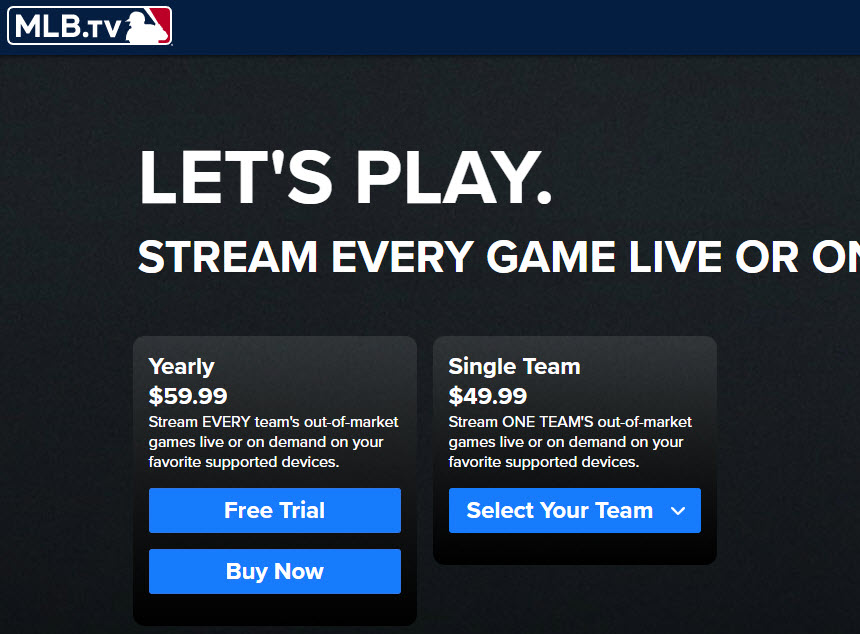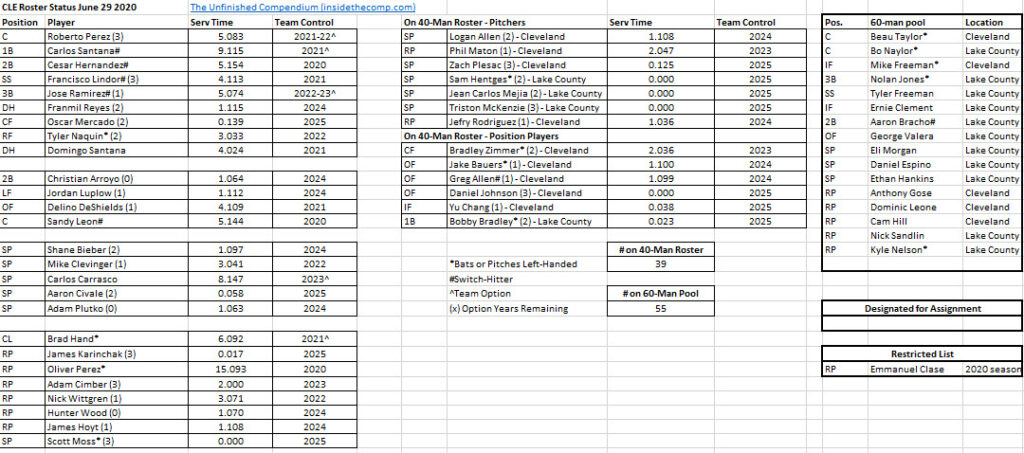For the handful of you that have stayed with me even through my irregular postings, I feel I owe you an explanation for my sudden disappearance right at the time the Major League Baseball season was finally set to begin.
The short answer is that I no longer watch or follow MLB, and therefore will no longer cover it. Instead, I will be concentrating on other subjects, particularly fiction, as that is what I primarily have shifted my free time towards. I plan to write at least one post a week, on other subjects.
The long answer:
This is a difficult post to write. But I need to do it, if only to unburden myself and perhaps help others who are feeling the same way. Here (and hopefully only here) I have to break a long-standing principle and discuss in frank terms my political beliefs, which I have studiously tried to keep out of my baseball articles for decades, but can’t discuss this topic without going there. I will keep that particular discussion in a sidebar, though.
I’ve been writing about baseball, on and off, for almost twenty years, a rabid Tribe fan for thirty, and never thought there would come a day when I wouldn’t be tuning in practically every day to watch or listen to every pitch. There have been times, whether they be poor stretches of play or after a particularly brutal offseason, when it was more difficult to get excited about the next game or the next season, but when the time approached, I would always be there rooting the team on.
Until this time. I didn’t watch or listen to a single minute of any of the games over the Opening Day weekend, only checking the scores once or twice. On the following Monday I didn’t even check the score during the game (I guess it got rained out). I haven’t read any articles about the team, or visited Let’s Go Tribe since at least the beginning of the season. If I’m not watching the games, or reading up on the team, there’s no way I can or should be covering the team as if I were. I waited until practically the end of the season to make sure that this wasn’t just a temporary burnout, but it’s clear to me, almost two months later, that it isn’t.
The decline and fall of MLB as entertainment and the sports media as independent journalism
There was no one event that led to this, but an accumulation of them over the years, with the delayed beginning of the 2020 season combined with the political messaging on Opening Day that pushed me away for good.
I watched baseball in part to escape from the mundane and annoying aspects of the real world, and that motivation was incorporated into every decision I made while running Let’s Go Tribe; I wanted others to have that same experience, to join in fellowship with other fans of diverse backgrounds and worldviews from around the world, united by the love of a baseball team. But the industry has changed to the point where that kind of enjoyment is all but impossible to get from following the sport, or that matter, any other major professional sport. Entertainment is no longer the top priority; now that is subservient to affecting the results of elections and passing legislation. In other words, modern politics.*
How did it come to this? I have some insights from my days at Let’s Go Tribe. Part of my duties as editor was to trawl the Internet in search of relevant articles relating to the Indians and baseball so that fans would have a one-stop shop every morning. As time passed I started to notice some disturbing trends among the articles I saw. The sports media was devolving into an imitation of their news brethren, tailoring their coverage seemingly to their peers on Twitter. At first it was fairly subtle, with a couple sites (Yahoo and NBC to name the most blatant) skewing their articles to advance a particular ideological narrative. They generally had a “players good, owners evil” theme, with loaded words, rhetorical tricks and emotional triggers. Oh sure, there were normal news articles about a particular injury or trade, but whenever the opportunity arose these writers would push their ideological agenda, becoming advocates for the whatever political cause was ascendant at the time. They ceased being merely content with allowing the reader to decide what side of a baseball controversy he or she would back, but pushed the reader in one direction or another through various rhetorical techniques.
These techniques are now legion in practically all major sports media outlets. That is only half the issue, though, as if there were some kind of balance between the opinions, one could read a couple different opinions to get the arguments that used to be presented within one article. But that hasn’t happened. On any controversial subject, all opinions are the same; conformity is not just expected, but required. There is no attempt at actual journalism, at least the definition that I grew up with. Instead of being an independent watchdog determining what is happening within the sports world and relaying that, even if it does not conform to their accepted narrative, to the public (in this case the fans), the mainstream sports media has become one of three things: an unpaid subsidiary of the league (and its owners) it covers, an uncritical mouthpiece for the players and their interests, or an evangelist for its own ideology.
As these thought leaders became more and more unanimous in opinion, driven in some part by how Twitter tends to encourage echo chambers, that has begun to influence how players and teams make important decisions. There seems to be little thought given to whether Twitter represents the fanbase at large (it doesn’t) or whether this advice is to the best interest of the long-term viability of the sport. It seems as though the model is now “entertainment with a social conscience,” the equivalent of adding a special segment at the end of old 80s cartoons. In order to get their entertainment, the unenlightened fans most also get moral instruction from their betters.
In a situation like this, a responsible mainstream media’s function is to ask the owners and players hard-hitting questions about why they are doing this. Why are you alienating fans who either disagree with the message or who want no message at all during games? Professional sports is not niche entertainment such as programs like the late-night TV talk shows; it is so lucrative precisely because it appeals to practically every demographic in this country, and is watched by people in many other countries. But not only are sports journalists avoiding asking these questions, they are egging on this insane behavior.
To give one example: The Athletic, whose subscription model I thought could have been a way to get back to the sports journalism I grew up reading (in Sports Illustrated or The Sporting News, for instance), used that financial independence to fully embrace the narrative the rest of the sports media is in lockstep with. Any editorial that was published between George Floyd’s death and Opening Day pushed for the teams and players to join the corporate chorus of feel-good slogans and appropriately-worded tweets in black boxes. I don’t mind editorials, mind you, especially if they are well-argued; but the complete unanimity of them over those several months told me that there was an editorial decision to push an agenda. If I wanted ideological purity like this, I would have gone to Salon or Breitbart.
Even before the Opening Day statements, I had already lost a lot of love for MLB. The delay of the season because of a labor dispute, the announcement that the Indians would be reviewing their name (which in today’s environment means it will be replaced), and the general unfairness of how revenue is divided up between small and large markets all made following the sport less compelling. The Indians, no matter how their season ends, were always going to cut payroll again, and although they have done remarkably well over the past 7 years considering the constraints that were placed on the front office, it’s frustrating to follow a team that can never compete on the same financial terms as a team from New York or Los Angeles.
When MLB teams placed political messaging on the field and on the uniforms on Opening Day that violated a principle I hold dear: that entertainment should remain free of overt political messaging, as that destroys the prime purpose of it, which is to provide an escape from the trappings of modern society for fans. It’s why my #1 rule at Let’s Go Tribe, one that I enforced with an iron fist, was no politics*, both in the articles and in the comments. After a difficult day at work or school, you could at least count on plopping down on the couch and forget the controversies of the day by watching a ballgame while chatting with other fans online. That is no longer possible, and so I made the decision to walk away from professional baseball.
*When I say politics, I mean anything regarding a current or recent candidate for office or a controversial issue that has or may be addressed by legislation or other government action. Essentially, any subject that is regularly discussed by a political news site or CNN/FOX News/MSNBC.
Political Sidebar
“But,” I’ve seen some commentators write, “Black Lives Matter is not a political slogan, but a human rights message.” When a movement, however noble you might think it is, is demanding new legislation or government action, it is by definition political, no matter what euphemism you might apply to it. The police, the courts system, and prisons are run by (mostly) state and local governments, and therefore reforming them will require new laws or the removal of old ones.
And that’s not taking into account what Black Lives Matter the organization is calling for, which is much more fundamental changes to American economic and political systems, which I do not think is necessary to address the problems that do exist. It also embraces a collectivist philosophy/religion (Critical Race Theory) that if explained clearly to people, would be emphatically rejected. I think that some police and prison reforms (better training, mechanisms to remove officers who abuse the power given to them, among other things) would be a good thing for all people, not just one race or ethnicity, but fundamentally disagree with CRT’s assumptions, never mind its proposed solutions. When people and companies refer to Black Lives Matter, are they referring to a general movement for police and prison reform, or are they referring to the organization that wishes to also dismantle the nuclear family, among other things? That distinction never gets made because of what I can only chalk up to fear of being labeled a racist, which is poisoning the original consensus that existed in the immediate aftermath of George Floyd’s death. Maybe that was by design.
Another response to objections about politics being inserted into entertainment is “silence is consent,” meaning that if you don’t agree with their politics, you are agreeing with the status quo. To which I would answer: forcing anyone to state their opinion on a subject, especially if they don’t care about it or don’t want to give it, is more likely to result in the answer being “fuck you” than “I agree with you.” Implicit and explicit threats (cancel culture) may work for a time, but then don’t be surprised when the pendulum eventually swings back and hits you right in the face. I would not be shocked if in the near future those who participated in “cancelling” people end getting the same treatment themselves; that’s the only way I see to exit this spiral. Perhaps then we can get back to embracing the spirit of free speech, which is critical to the function of a democratic society, and that includes the freedom to not have an opinion at all.
A final objection made is that the National Anthem, which is played before games, is itself a political statement, therefore the statements made on Opening Day are merely reactions to that. To which I respond: up until just a couple of years ago, the playing of the National Anthem was not seen as a divisive ceremony, as it was (and I still think it is) a unifying event, a reminder that what we as Americans have in common is not genetics or skin color but a creed, with that creed (as embodied in the preamble to the Declaration of Independence) symbolized by the flag and anthem. But if it is now seen as divisive by a significant amount of the fanbase (a similar argument could be made for scrapping the Indians team name), then by all means stop playing the anthem before the game. It would be a sad event in the history of this country, but then MLB at least would have then extricated itself from this mess by standing on principle. Instead, MLB ended up doing the worst thing they could have done; introducing a blatantly political message to one portion of their audience while continuing one that another portion of their audience now thinks as political (or at least controversial).
The future of the site
Thanks to first COVID-19 and then the labor dispute pushing back the start of the season, I had four months to habituate myself to finding something else to do in the spring and summer evenings. So when the Opening Day political messages appeared, I didn’t feel any great loss by staying away. I hate to say it this way, but I don’t know of any better way to express it: I have been cured of my baseball addiction. In its absence I’ve re-discovered long-abandoned other pursuits that have provided a healthier (and more fun) time than what baseball has become.
With that in mind, I intend to use this space to push back on the polarization and politicization of most aspects of our culture. It does no good to just complain about something; you must also provide an alternative, or in this case, recognize and showcase the good that is already here in our culture and civilization. I’m still not exactly sure format these will take, but here’s a few of the ideas/themes I’d like to explore:
- The human condition is universal, not dependent on which political party you belong to or what superficial characteristic you happen to have been born with.
- There is more to life than the acquisition of power, more to living than the struggle against your perceived enemy.
- History should be learned from, not torn down, obscured, or forgotten.
- Well-written stories entertain while subtly commenting on timeless themes.
- Music is a language everyone can understand, and affects us in a way that spoken words cannot.

